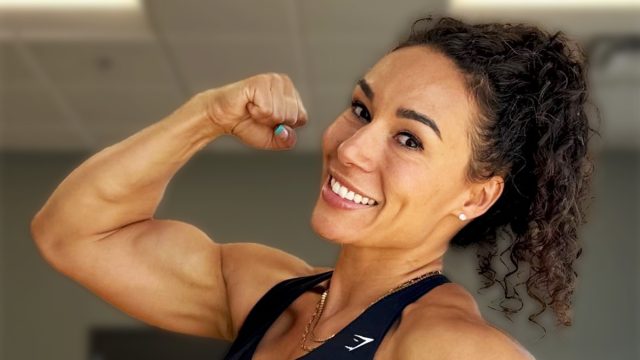5 Training Mistakes That Kept This Fitness Expert From Burning Fat
Is it taking you longer than you hoped to burn fat and get in shape? You might need a few simple tips to speed up the process. Ashley DiGiacomo Schwartz (@the.busy.mom.method)is a fitness and nutrition enthusiast and Fitness & Nutrition Body Recomposition Coach-BA/IMBA, who transformed her body during perimenopause. In a new social media post, she reveals several habits she wished she had incorporated sooner. "My progress at the gym would have gone a lot faster if I had done these five things sooner," she writes in the Instagram video.
Eat Enough

Her first tip? Make sure you are eating enough. "We came from a generation that thought 1,200 calorie diets were a reasonable thing (they aren't). Your body needs fuel to build muscle and lose body fat. If you aren't eating enough, you will never see the results you are looking for. Restrictive diets will not get you to your goals. You gotta feed the machine," she says in her post.
Stopped Doing So Much Cardio
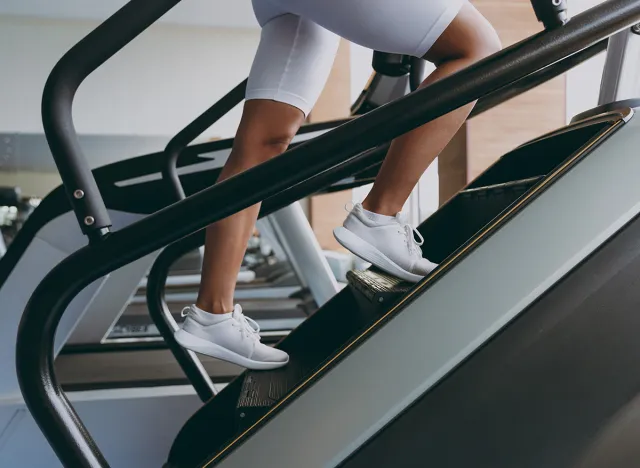
She also stopped doing so much cardio. "We came from a generation that told us that cardio was the path to our toned and lean body. It's not. Cardio is the way to being skinny. Too much cardio and not enough lifting leads to muscle cannibalization. If you want to be toned, what that means is you want more muscle and less fat. If you are only doing cardio, you will never get there," she writes.
Stopped Doing Fancy Workouts
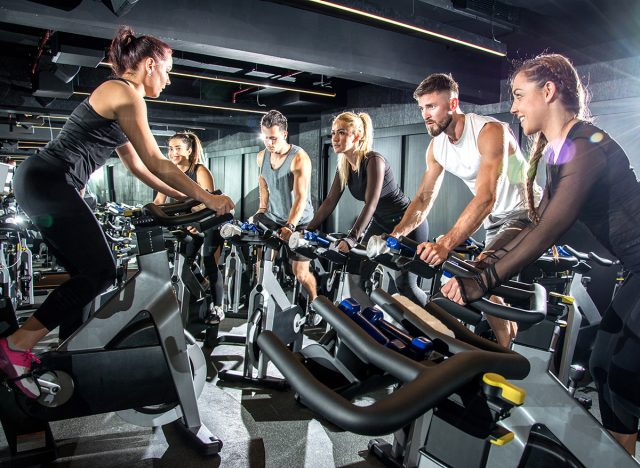
She also "stopped doing fancy workouts and changing my workouts frequently," she writes. "If you want to make true progress in muscle growth, you need to stick to a program for a significant period of time. At least 4 weeks. Sounds boring? It's effective. Get over how boring you think it is if you truly want to make progress."
Stopped Lifting Light Weights
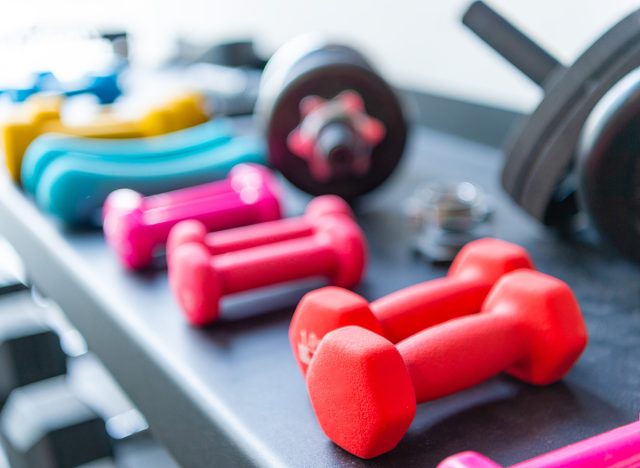
She also picked up heavier weights and "stopped lifting light weights," she writes. "You will never get bulky. I promise! You do not grow muscle overnight without eating and exercising in a way that will get you there. Lift weights. If it's light enough that you can knock it out without a struggle, then up your weights."
RELATED: Weight Loss Coach Lost 30 Pounds After Starting to Eat More Potatoes
Expecting Results Overnight

Finally, she stopped expecting results overnight. "You can make great progress over 4-12 weeks. But do not quit after week one if you don't see the progress you expect. It took you time to get to this place of discomfort in your body. It will take you time to get back to a place that makes you happy and meets your goals! Keep at it. Stick with the program. If you quit, you will never get there," she says.
Also, Get More Sleep

In another video, she reveals other healthy habits that help keep her in shape, starting with sleep. "Aim for 6.5-8 hours when you can," she says. "Quality sleep regulates your hormones and reduces stress."
Walk

Next, movement Is key, she says. "Get your steps in. Walking (especially outside) lowers stress, and taking extra steps burns extra calories without making you more hungry! Win-win!" she says.
Watch What You Eat
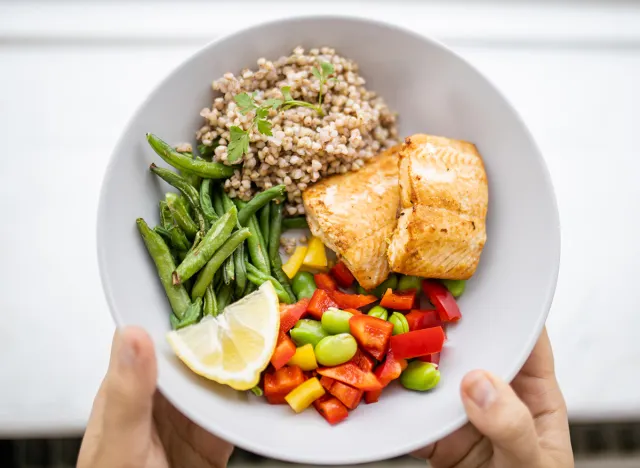
Next up, diet. "Watch what you eat," she says. "Focus on whole foods, lean meats, healthy fats, and complex carbs. Avoid processed foods and excess sugar." She also recommends eating breakfast and skipping fasted workouts. "Your cortisol is highest first thing in the morning, and working out in that state without any food in your system creates more unnecessary stress on your body," she says.
RELATED: I Ran 200 Marathons and These 12 Running Rules Changed My Life After 40
Limit Alcohol
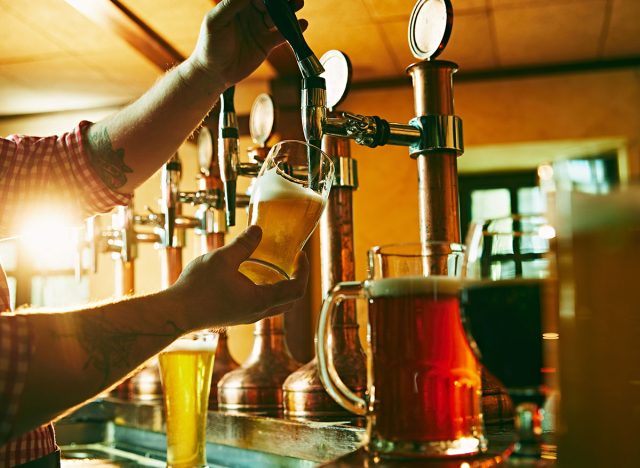
Next, keep alcohol to a minimum. "Excessive alcohol intake deregulates your sleep patterns and can lead to excess calories and excess body fat, especially around your belly area," she says.
Hydrate
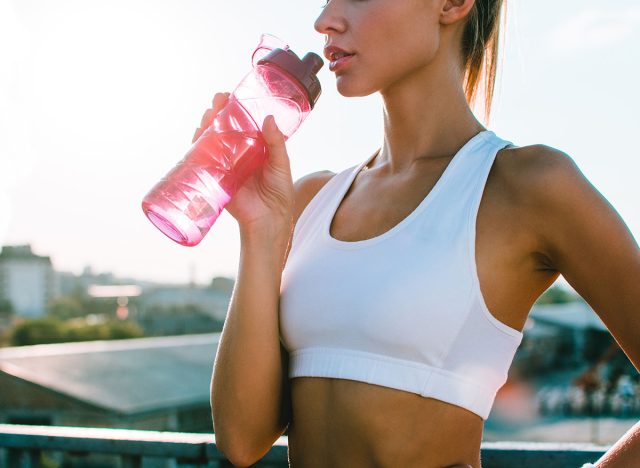
And keep hydration a priority. Drink more water for added health benefits. "If you are drinking more water, you are less likely to overeat. Additionally, all of our systems benefit from proper hydration, so if you want optimal workouts, you need to hydrate," she says. And if you enjoyed this article, take advantage of these 31 Fitness Tips Every Beginner Needs to Look Sexy, According to Coaches.
